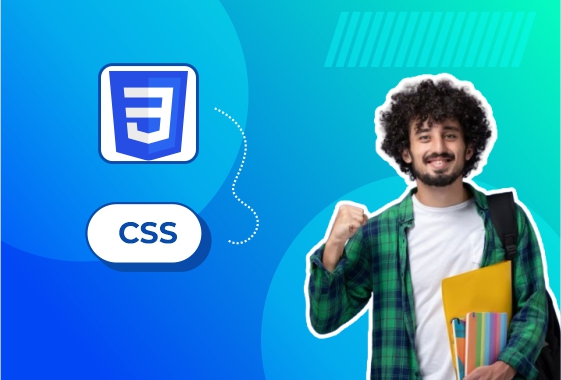
AI-Powered Personalized Learning Assistant
Objective:
To develop an intelligent learning system that adapts to each student’s learning pace, strengths, weaknesses, and preferences using AI/ML to offer personalized content recommendations, quizzes, and progress tracking.
Key Features:
Student Panel:
-
Personalized course dashboard
-
Skill assessment tests
-
Adaptive quizzes and assignments
-
Daily learning goals and reminders
-
Visual progress tracker
-
Learning style selector (visual, auditory, text-based)
AI Assistant:
-
Recommends next best topics based on performance
-
Tracks strengths/weaknesses per subject
-
Suggests revision plans before exams
-
Sends motivational and study tips
-
Answers academic FAQs using NLP
Instructor Panel:
-
Upload categorized content (videos, PDFs, quizzes)
-
Set knowledge levels for content (Beginner, Intermediate, Advanced)
-
View student progress insights
-
Create personalized feedback for students
Admin Panel:
-
Manage users, roles, and courses
-
View system-wide performance analytics
-
AI model training supervision and feedback
Tech Stack:
| Layer | Technology |
|---|---|
| Frontend | React.js / Vue.js / Flutter |
| Backend | Node.js / Django / Spring Boot |
| Database | PostgreSQL / MongoDB |
| AI/ML | Python (scikit-learn, TensorFlow, Pandas) |
| NLP | spaCy / NLTK / OpenAI API |
| Recommender System | Content-Based + Collaborative Filtering |
| Authentication | JWT / OAuth |
| Hosting | AWS / Azure / Firebase |
Workflow (Step-by-Step):
1. User Onboarding
-
Student signs up and selects their subjects and learning preferences.
-
An optional diagnostic test evaluates initial knowledge level.
2. Learning Profile Creation
-
Based on the test, preferences, and learning history, the system:
-
Initializes a student learning profile
-
Identifies strong/weak areas
-
Sets a baseline for adaptive difficulty
-
3. Content Recommendation Engine
-
AI system recommends the next best lesson, using:
-
Performance data (quiz scores, time spent)
-
Learning style (videos for visual learners, articles for readers)
-
Engagement analytics (drop-offs, skipped lessons)
-
4. Adaptive Quizzing
-
Quizzes change difficulty based on student's performance:
-
If correct → increase difficulty
-
If incorrect → show hints or simpler questions
-
-
ML model updates student’s proficiency score after every quiz.
5. Personalized Feedback
-
After each session or quiz, the assistant:
-
Summarizes key takeaways
-
Recommends review material if needed
-
Suggests daily or weekly goals
-
6. Progress Tracking
-
Dashboard shows:
-
Topic-wise performance graphs
-
Time spent per subject
-
Upcoming deadlines/goals
-
-
Student can review past performance and AI-generated suggestions.
7. NLP Assistant
-
Student can ask natural language questions like:
-
“What should I revise before my math test?”
-
“Explain Ohm’s Law”
-
-
Assistant responds using:
-
Preloaded Q&A
-
Contextual search from course material
-
GPT-based fallback (optional)
-
8. Instructor Oversight
-
Instructors get analytics dashboards with:
-
Students needing help
-
Dropout prediction alerts
-
Suggested improvements for learning materials
-
9. Admin Capabilities
-
Admins manage users, monitor AI performance, retrain ML models, export data reports, and moderate flagged content or behavior.





